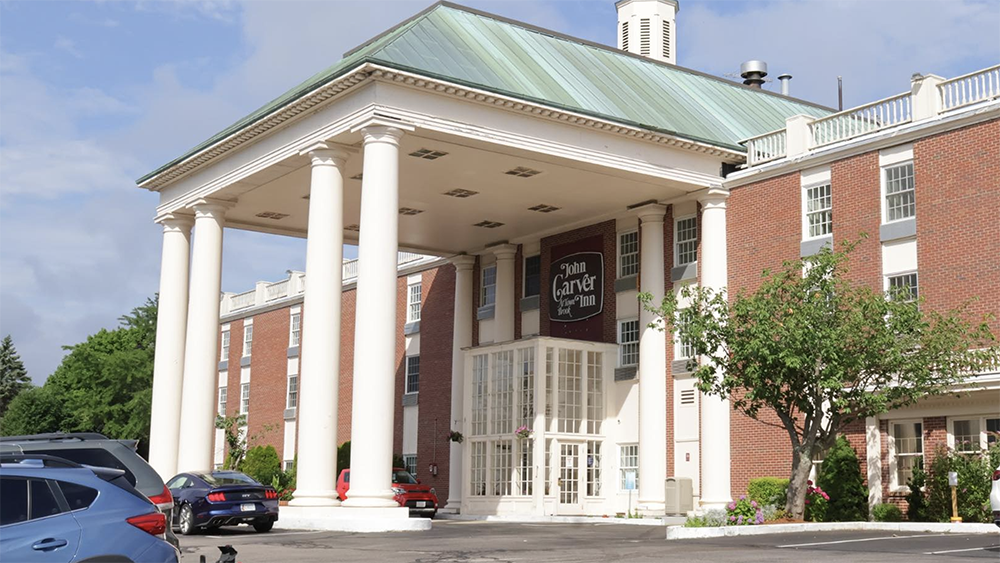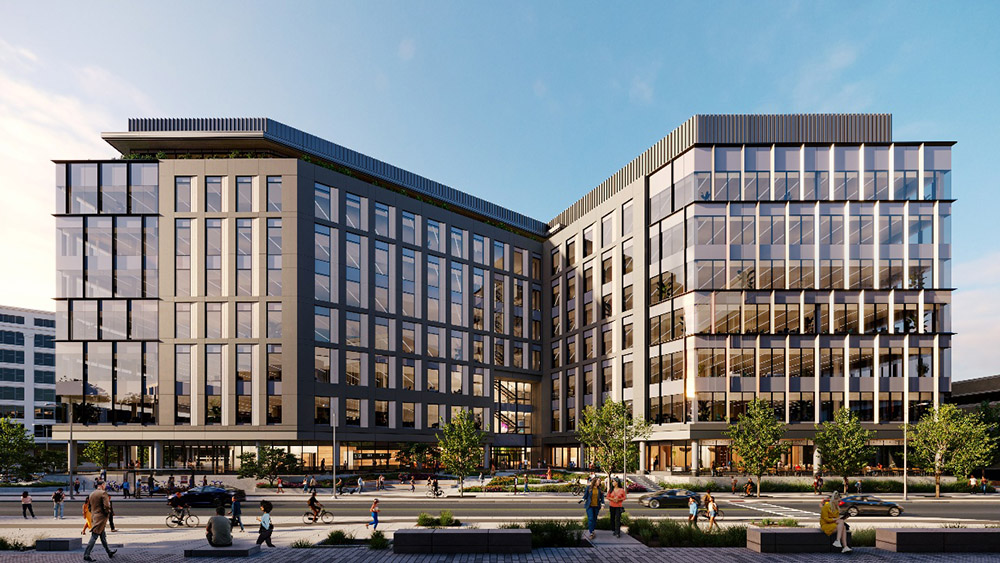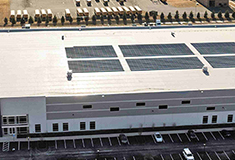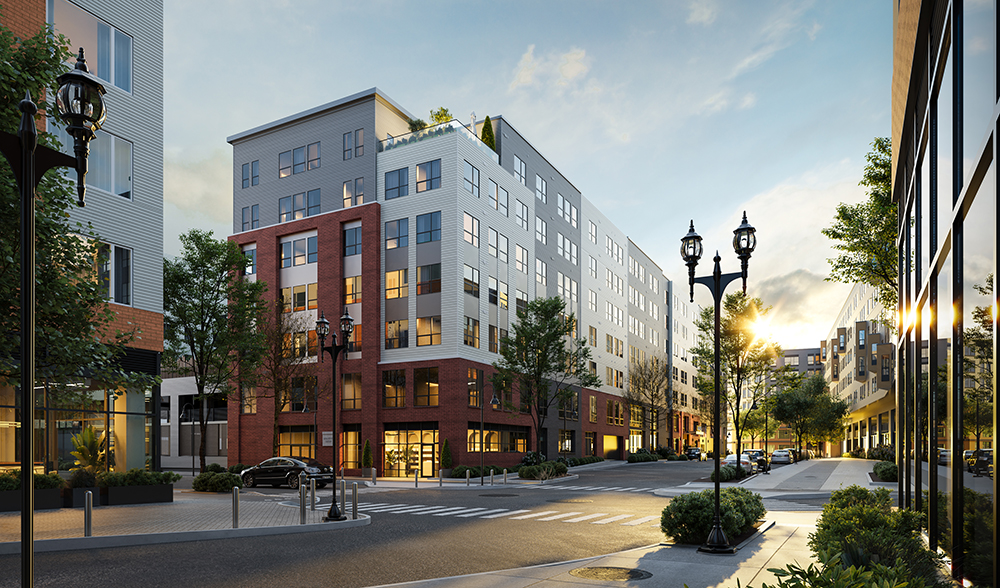News: Owners Developers & Managers
Posted: October 2, 2007
The new Boston: Respect for our heritage or the newest fad? A real brick and mortar story
When it comes to architecture, Boston has no shortage of opinions. The recent controversy over the proposed design of the new Russia Wharf development on Boston's waterfront is a prime example of how emotional and intense these debates can get, especially when dealing with prominent locations. But these debates are valuable.
One of the intriguing aspects to this subject seems to be that some believe that the architectural history of Boston is unimportant and that using only new materials is the ultimate expression in creating the new Boston. Unfortunately, this mindset helps Boston become not the new Boston but rather Houston or Phoenix. An alternate method using the best of both worlds would be to consider using materials that respect their surroundings but in new and exciting ways and blend them with other materials to truly create the new Boston.
Look around at Boston's Downtown streets, our surrounding neighborhoods, places of worship, historical sites, hospitals and universities that attract thousands of employees and visitors each year. These are the living examples of Boston's architectural history rooted in the strong tradition of brick and stone.
Boston's DNA is rich with history and timeless architecture and its new buildings should have a connection to the best parts of our past. If we look back over hundreds of years, we see buildings in our city that are not only landmarks, but are still functioning because of their masonry based designs and materials. Picture Boston in your mind and you think of places like Trinity Church, the Custom House, Fenway Park, Faneuil Hall and Quincy Market. Important icons such as the State House, the Old South Meeting House, Old City Hall and the Public Library at Copley Square are still functioning well today. And some of our newer gems like Rowes Wharf with its arch and the effective blending of brick and glass on the Moakley Courthouse creates a spectacular timeless architectural effect on the waterfront. These are buildings that have and will continue to stand the test of time and not look like the newest fad.
Compare these treasures to our more modern projects that tend to fall under the category of "seemed like a good idea at the time". In 1968, Boston City Hall was supposed to provide a grand vision of our city when it was built. Today, we are looking to leave it and start over on the waterfront. The Charles Hurley Building, which houses the Massachusetts Department of Mental Health and many other state agencies, was also considered cutting edge at its inception, but today is not even thought of in the same category as the projects above.
Obviously, we should not turn the city into one big brick wall. There are many dynamic architects who have successfully incorporated masonry into contemporary projects with creative designs that blend brick and stone with other materials, including glass, steel and concrete. MIT's Stata Center comes to mind. In fact, masonry is still the system of choice on our college campuses such as MIT's Brain & Cognitive Center, Boston University's Agganis Center, Harvard's One Western Ave and recent additions to the Northeastern campus. Universities know the importance of building with life cycle costs in mind, as they will be responsible for energy costs and maintenance.
Cost is not the issue. Masonry is very competitive with all other building materials, both on an initial cost basis as well as a life cycle cost basis, and is less expensive than glass. In fact, from an economic standpoint, masonry materials generate local jobs as brick and concrete block are produced in Massachusetts and throughout New England. Stone is quarried across our region as well. These same materials are put in place by the skilled hands of local craftsmen who live, work and share in the vitality of our area.
To create a signature property that will look great years from now in a city like Boston requires careful thought with an eye to our future without losing sight of our past: a careful analysis of what works over time and what doesn't. What is at issue is the look and feel of Boston in the future and what we, as residents and workers, will be living with and looking at long after today's architectural fads have disappeared. If we care about the quality of our future, it would be wise of us to remember our heritage, as well as the fact that, 265 years later, Faneuil Hall still looks great!
Steve Bolognese is the regional director for the International Masonry Institute, Boston, Mass.
MORE FROM Owners Developers & Managers
Mount Vernon Co. acquires John Carver Inn & Spa in Plymouth, MA
Plymouth, MA The Mount Vernon Company (MVC), a Boston-based real estate and hospitality investment firm, has completed the acquisition of the John Carver Inn & Spa, an 80-room property.

Quick Hits
Columns and Thought Leadership

Selecting the right façade installation firm - by Steven Powell
As the owner of a major new property being developed, or an existing large building preparing for major renovation, you want your design and construction team to have the right experience, capabilities, and expertise to match the project demands. A critical member of this team will be the façade installation specialty firm, since the quality of this installation will impact

Recently passed legislation creates opportunities to meet CT’s changing energy needs - by Klein and Feinn
For decades, New England has had a summer-peaking power system, where the greatest energy use occurs on the hottest and most humid days, due to widespread use of air conditioning. But by the mid-2030s, electrification of the heating sector likely will result in a winter peak that’s higher than the summer peak.

IREM President’s Message: Fostering community connections during the holiday season
The holidays are again taking center stage, and with them comes an opportunity for multifamily communities to connect with the businesses and organizations in their cities and towns, fostering a sense of unity and generosity during this giving season

.png)





.png)
